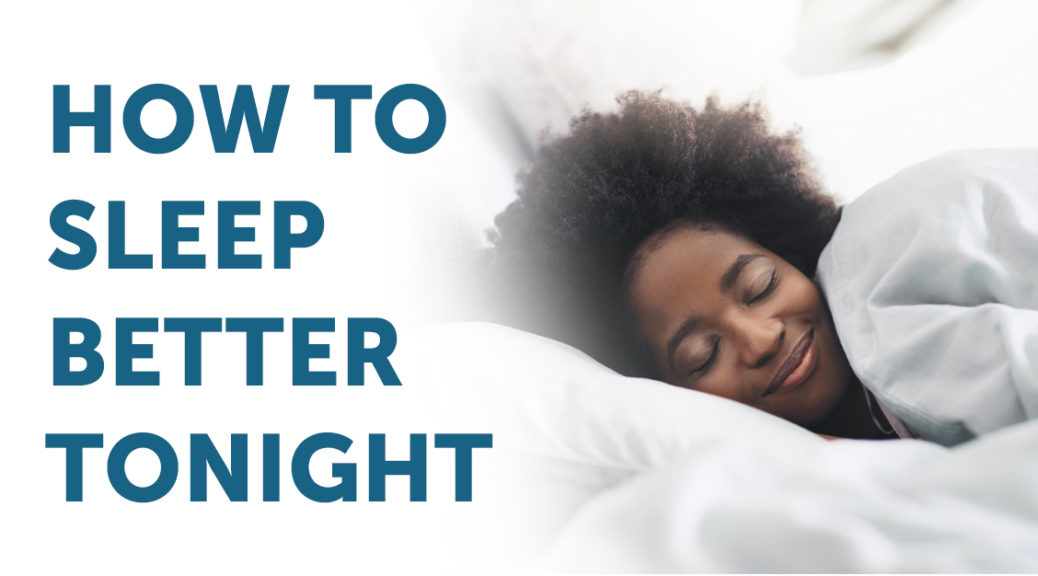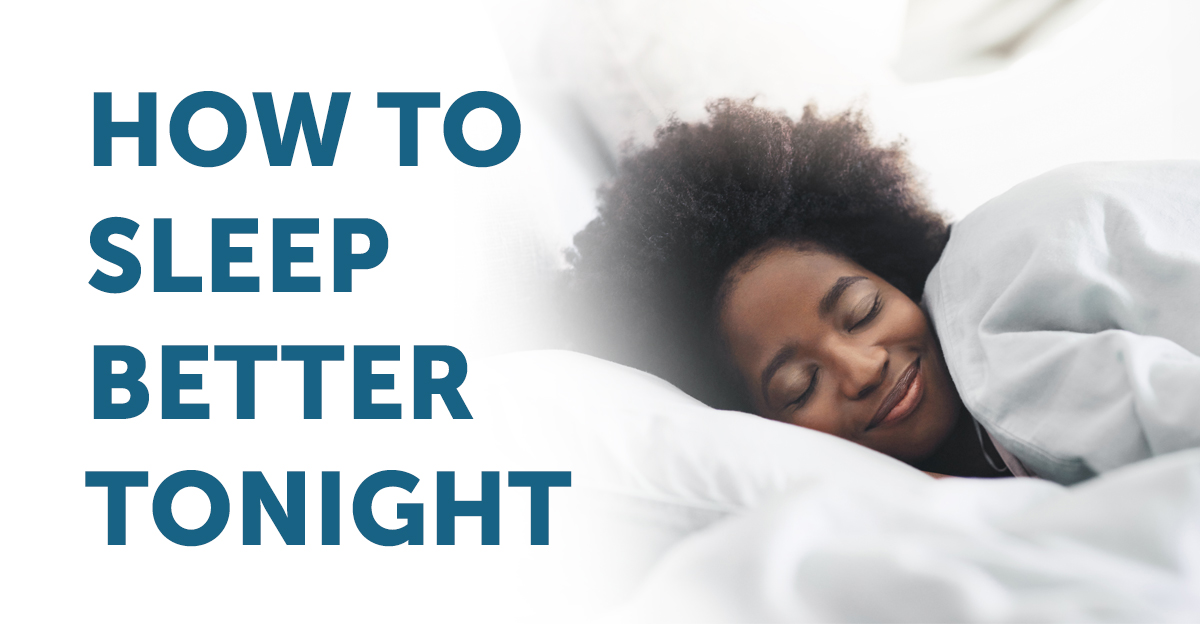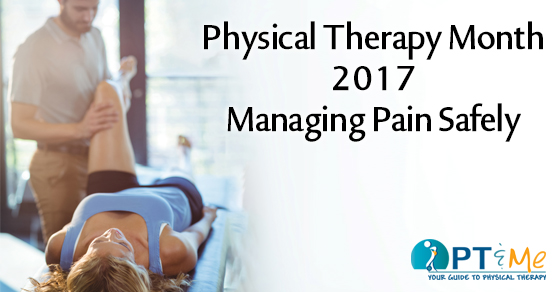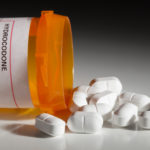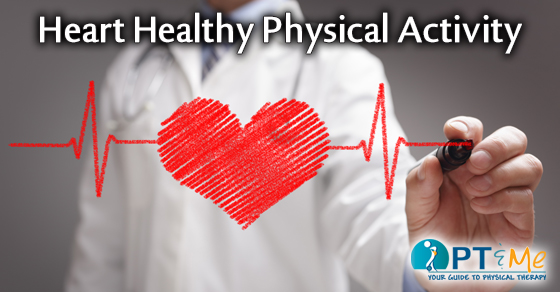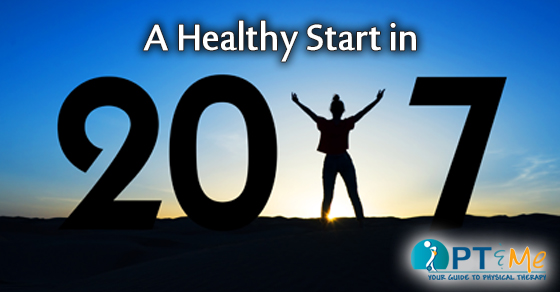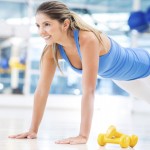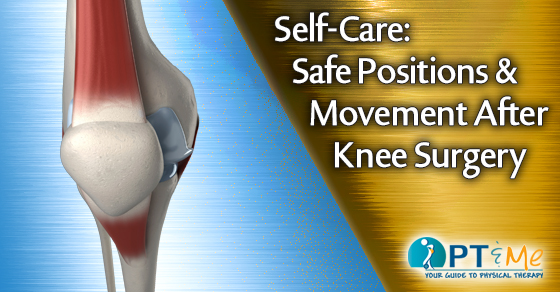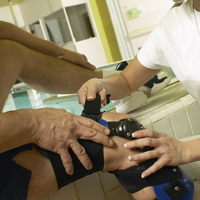THE NECESSITY OF SLEEP
Nutrition and exercise are important for maintaining a healthy lifestyle, but sleep is often overlooked. We’re going to look at why sleep is important and how you can sleep better tonight.
The National Sleep Foundation Recommends
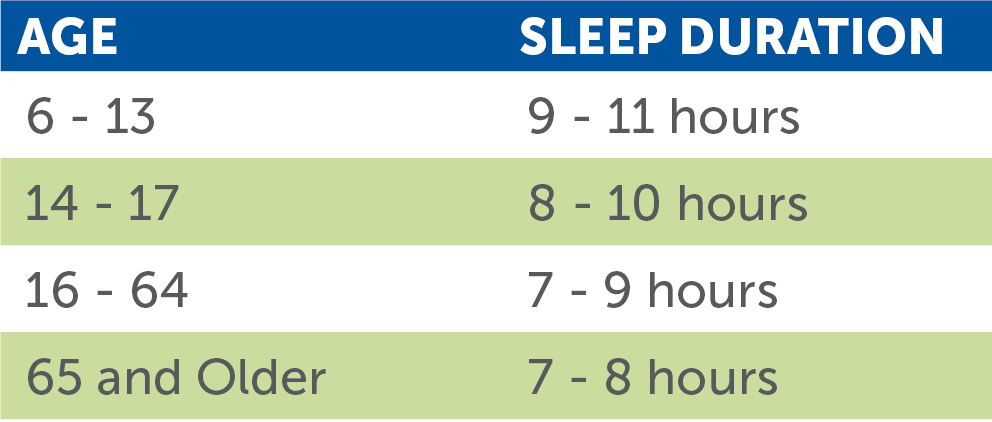
General benefits of getting a good night’s sleep
- Having a restful night of sleep is physically restorative, allowing tissues to heal and grow. Energy is also replenished for the next day’s needs.
- Sleep impacts mental health as well, reducing stress and anxiety. Additionally, sleep helps regulate emotions. In fact, a lack of sleep has been tied to depression.
- Improved decision making and alertness.
- Poor sleep habits in athletes increase the probability of fatigue, low energy levels, and reduces coordination and focus.
The effects of phone, tablet, and television screens:
- Suppresses melatonin, the hormone responsible for the sleep/wake cycle.
- Keeps the brain alert, delaying the onset of relaxation.
- Devices wake people up from sleep with alerts, messages, etc.
According to the National Sleep Foundation, Sleep hygiene is a variety of different practices and habits that are necessary to have good nighttime sleep quality and full daytime alertness.
For an improved quality of sleep
- In addition to the above points, the use of devices may keep work-related stressors at the bedside. Try to spend the 30 minutes prior to sleep device-free.
- Get in a routine. If you are not sleeping the recommended duration, try going to bed 10-15 minutes earlier each week.
- Add exercise to your daily routine.
- Avoid taking naps in the afternoon.
Finding the Right Sleeping Position
Sleeping is one of the most important things that we can do for our bodies. Our bodies utilize this time for recovery and sleeping in a position that causes pain can prevent the body from recovering. Therefore, finding an appropriate sleeping position that results in your body feeling at ease is very important.
Common Position to Avoid While Sleeping:
Studies have shown that sleeping on your stomach can put a lot of stress on the lumbar spine. Naturally, the lumbar spine is curved; however, while sleeping on your stomach, the spine becomes even more curved and results in more stress put on the ligaments of the spine. Furthermore, this can cause additional stress on the cervical spine and neck. Stomach sleepers have to turn their head to either side while sleeping and as a result “this locks up the neck and does not allow blood to flow to the proper places while sleeping, thus acting as a barrier to recovery from daily stress” (Total Performance, 2012) If you do enjoy sleeping on your stomach, consider putting a pillow under your hips to help reduce back pain.
Positions to Consider While Sleeping:
Sleeping in the fetal position is probably the most popular position to sleep in. It helps ease low back pain and is a great position for mothers-to-be.
Sleeping on your back puts less stress on your head, neck, and spine and makes it easier for your spine to maintain a neutral position. It also helps fight acid reflux due to the elevated position of the head and the position of the stomach being below the esophagus. Most studies have shown that one of the best sleeping positions is on the back with a pillow underneath your legs. While many patients complain that this sleeping position is painful or causes snoring, others have found relief due to the many benefits.
Sleeping on your side can also decrease stress on your back. Sometimes, a pillow between your legs or under your trunk may also be beneficial to decrease stress on your back.
How to Sleep Better – by Spring Klein Physical Therapy
As physical therapists, we understand the importance of sleep. Part of rehabilitation is educating patients on how to sleep in a position that won’t aggravate the injury as they heal. If you are in pain and having trouble sleeping, or if you wake up from sleep with pain, please let us know so that we can help. We want you to get a good night sleep and wake up feeling refreshed!

